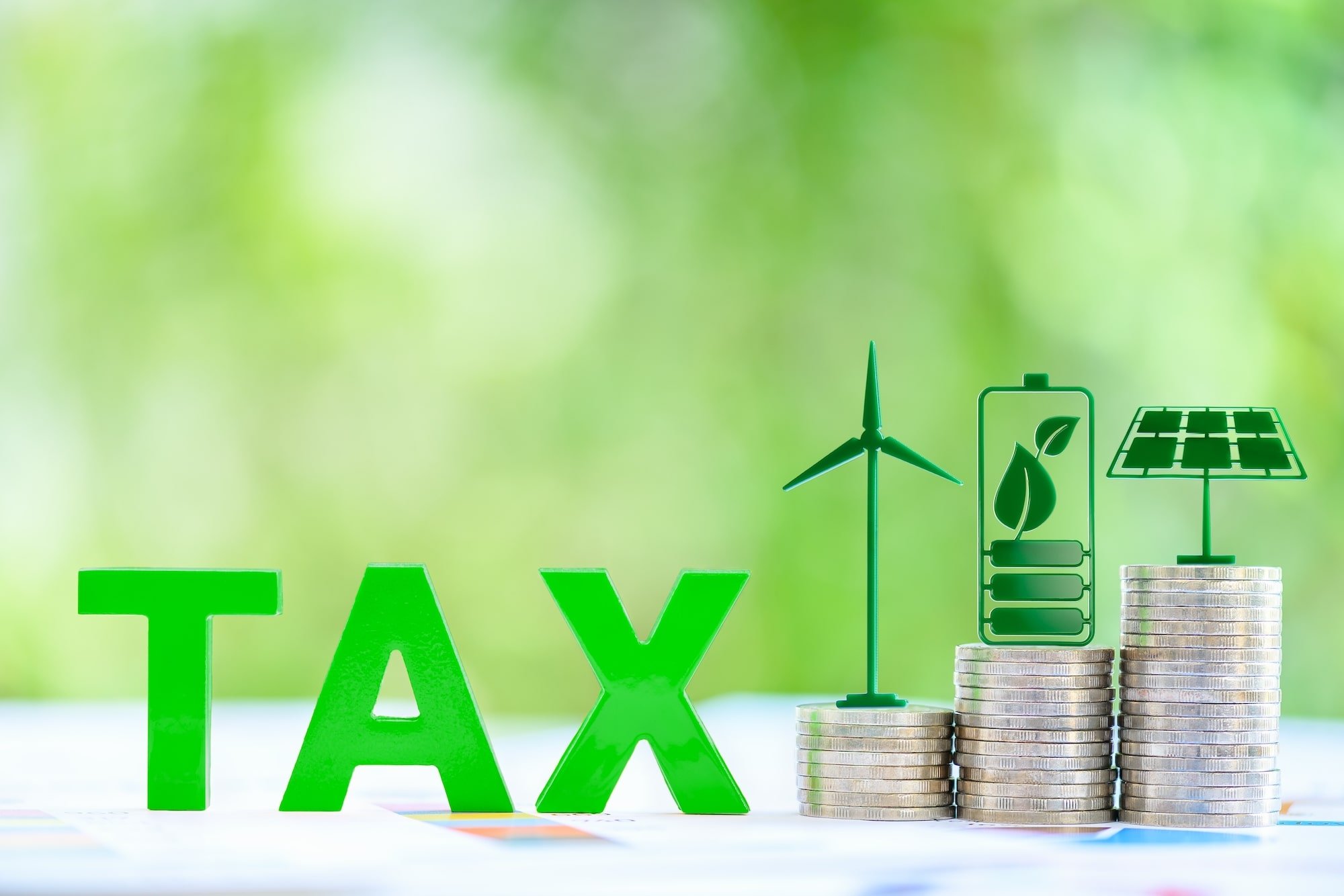Energy sovereignty for Tribal Nations
Tribal nations are increasingly looking towards energy sovereignty to provide reliable and clean energy to their communities, create shared utility responsibility, and enjoy numerous benefits. Energy sovereignty, whether in the form of electrical co-ops, community solar, or a microgrids, supports the right to self-govern and strengthens communities.
Solarizing parking lots: Elevated solar trackers vs. solar carports
With parking lots taking up roughly 1/3rd of land area across cities in the United States, and rising concerns about the loss of arable land to industrial-size solar farms, attention has turned to how parking lots can be a vital option for energy generation.
Agrivoltaics: The Future of Agriculture with Solar
Agrivoltaics refer to the sharing of agricultural activity and solar power generation on the same land. Landowners benefit in several ways: many crops produce higher yields and need less water, while livestock does better in the shade of the panels. Plus the produced solar power means an additional income source.
The Basics of ITC vs. PTC for Solar Projects
Now, for the first time, solar projects will have a choice between the investment tax credit (ITC) and a production tax credit (PTC), thanks to its inclusion in the IRA. PTC has been offered to wind projects since the early 1990s, and there are many renewable energy tax equity professionals with experience using this alternative credit.
A Guide to Going Solar for Your Business
Today, installing a solar power system is a priority for many successful businesses. This article summarizes the top reasons commercial solar customers choose to go solar, gives an overview of solar solutions and components, and shares information about current regulations and available financial incentives.
Choosing the Right Dual-Axis Solar Tracker for Your Project
Not all dual-axis solar trackers are created equal. They are more complex systems than traditional fixed solar panels or even single-axis trackers, therefore precision design, advanced technology, and high-quality materials all play a more important role in their performance, durability, and safety.
Dual-Axis Solar Trackers: More Energy per Square Foot
As the demand for solar generation has grown among both the residential and commercial/public sectors, so has the need for increased efficiency and higher energy collection. While some manufacturers focused on optimizing existing solutions and using highest performing solar panels, others developed the next generation of solar trackers that move along 2 axes: the east-west and the north-south as well.
What are Solar Trackers and How do Various Solar Trackers Work?
Fixed solar panels capture only a portion of the optimum energy from sunlight because the sun is not at the most efficient angle to the solar panels for most of the day. A way to ensure solar panels always directly face available sunlight is to use solar trackers.




